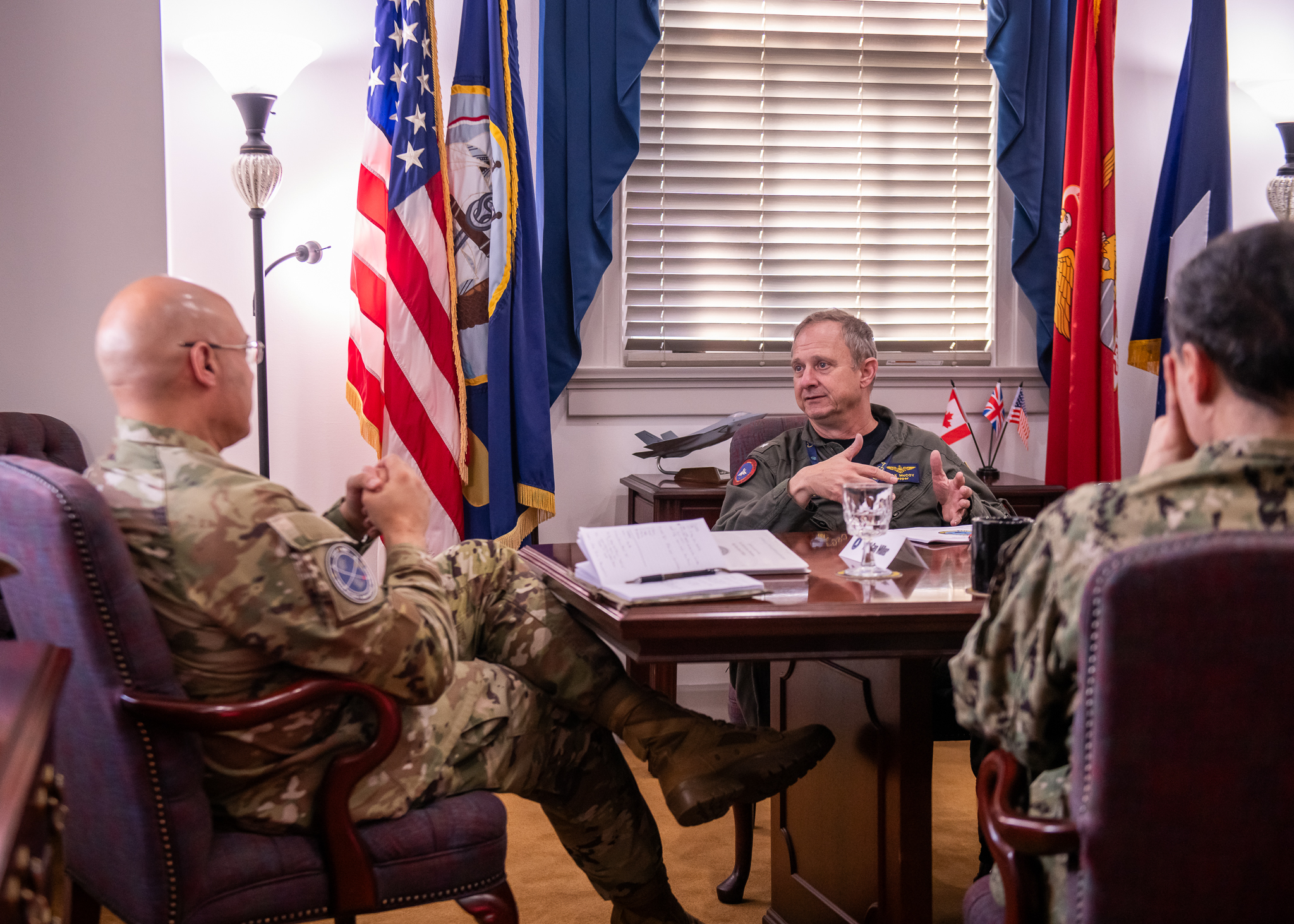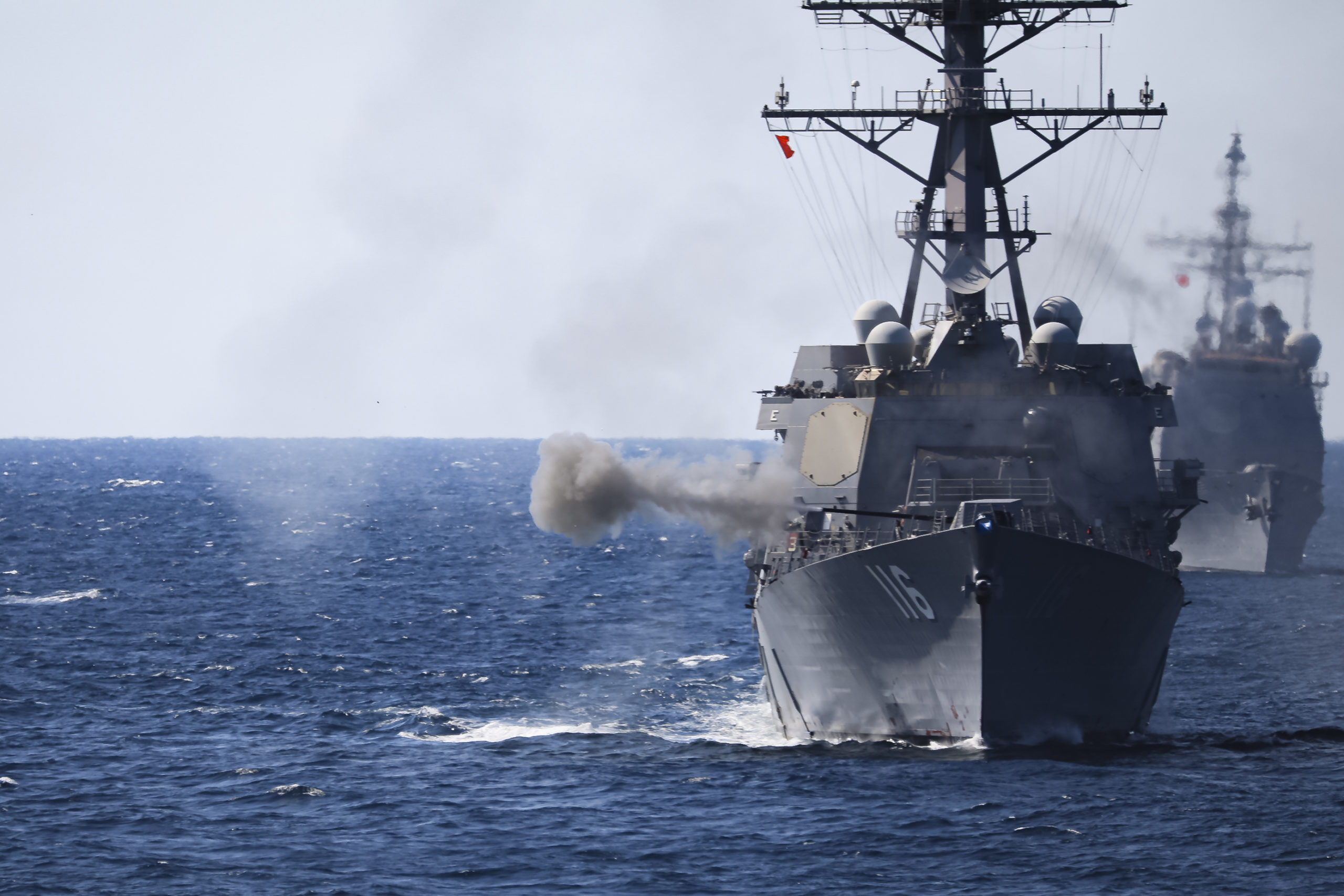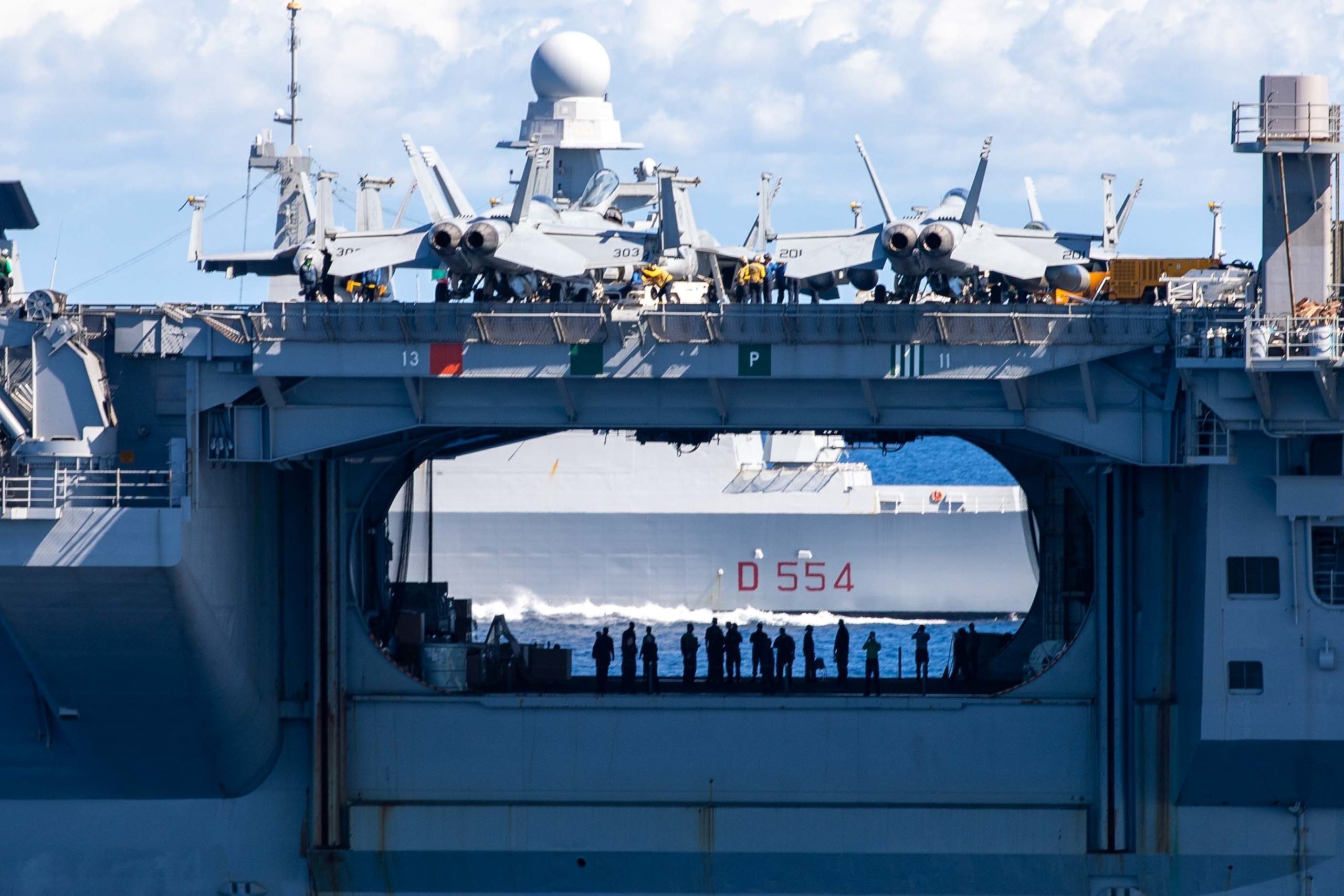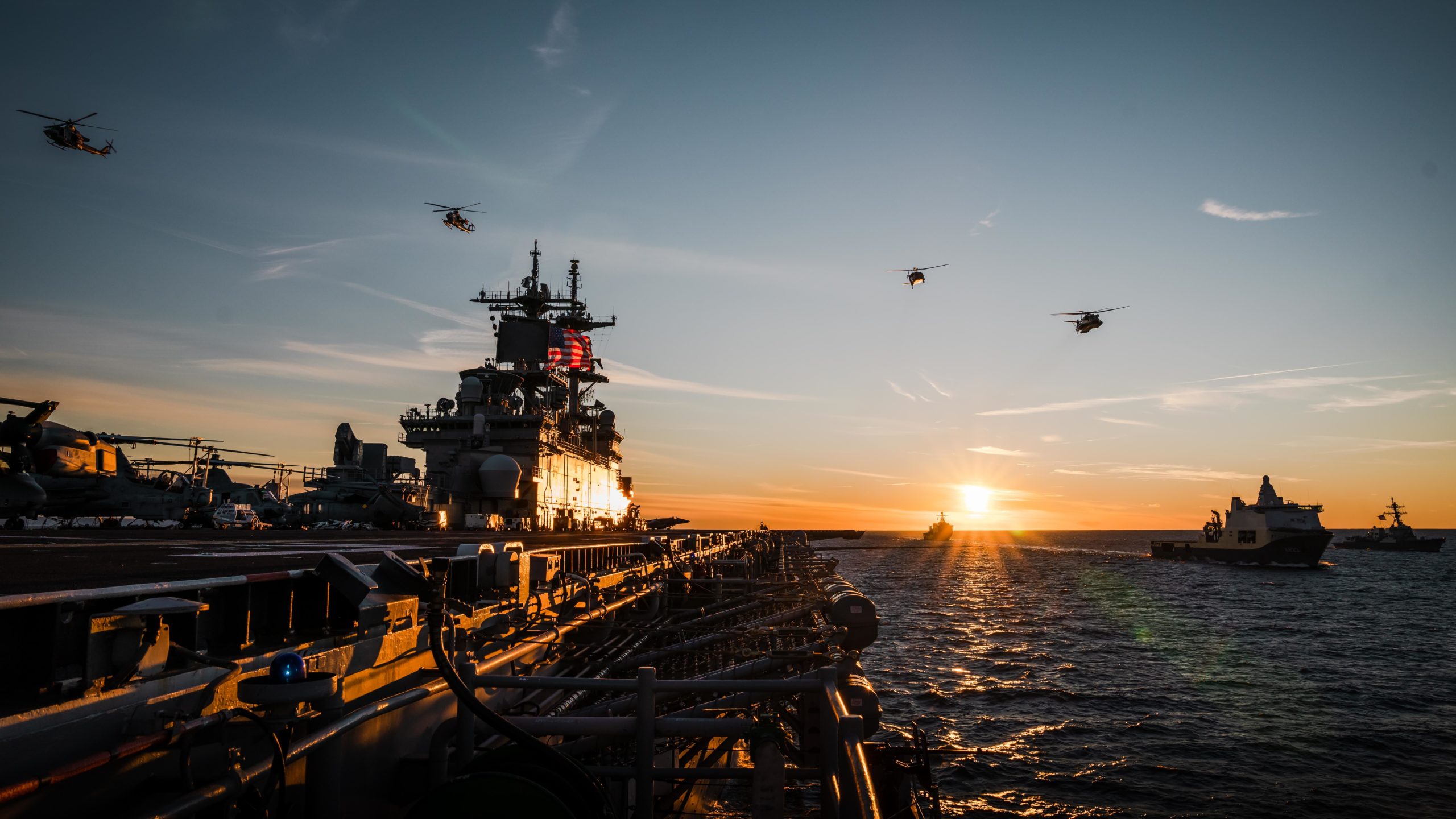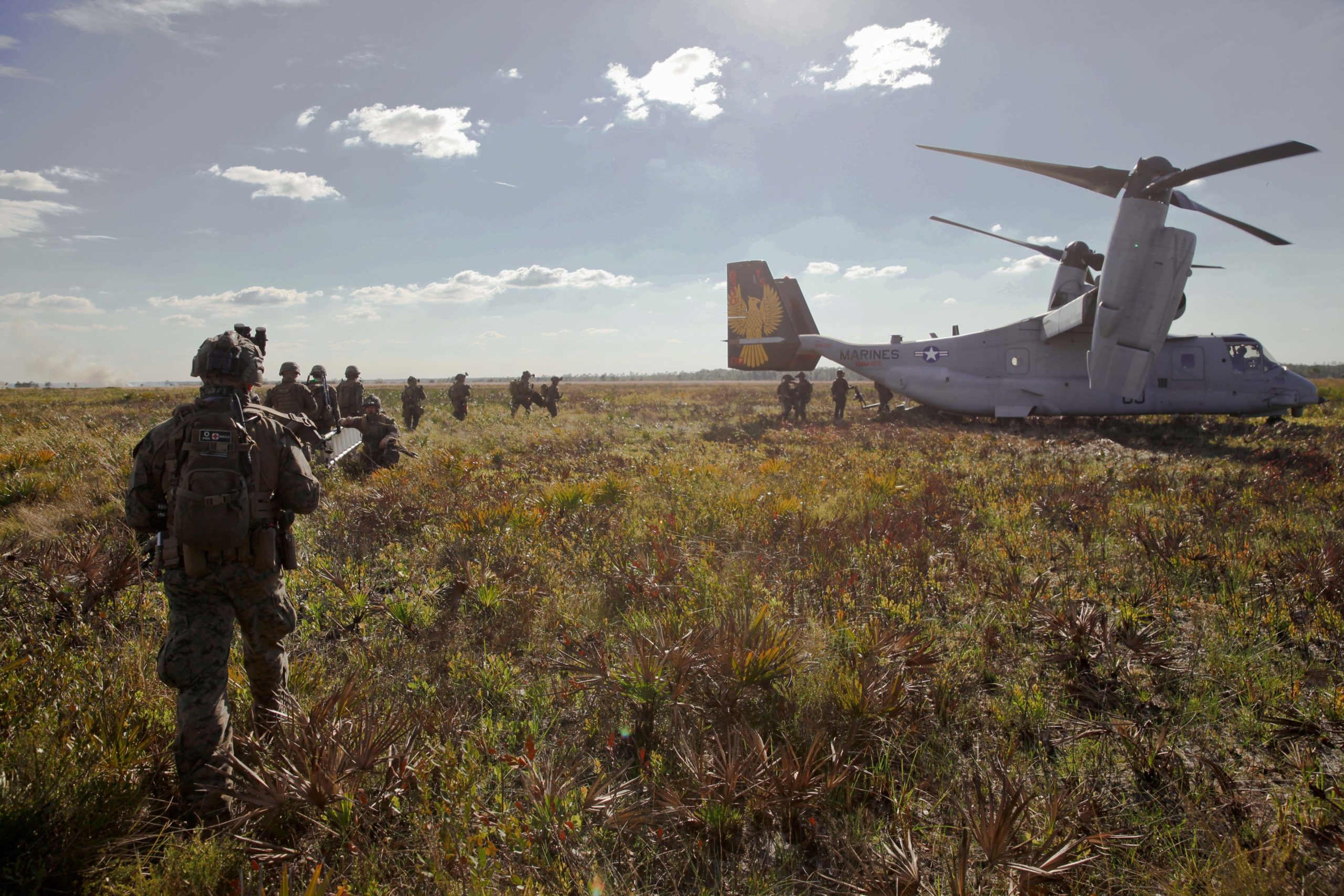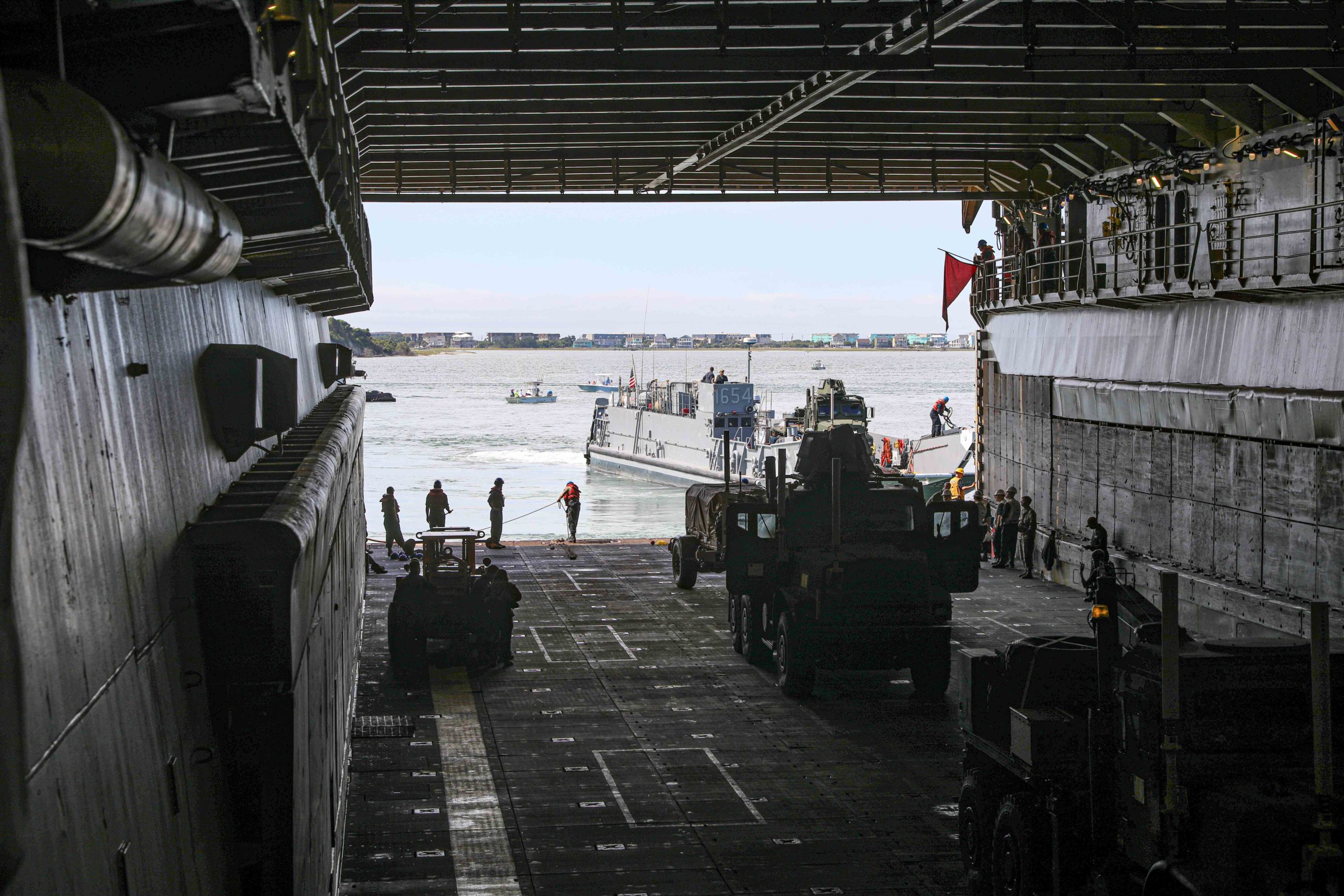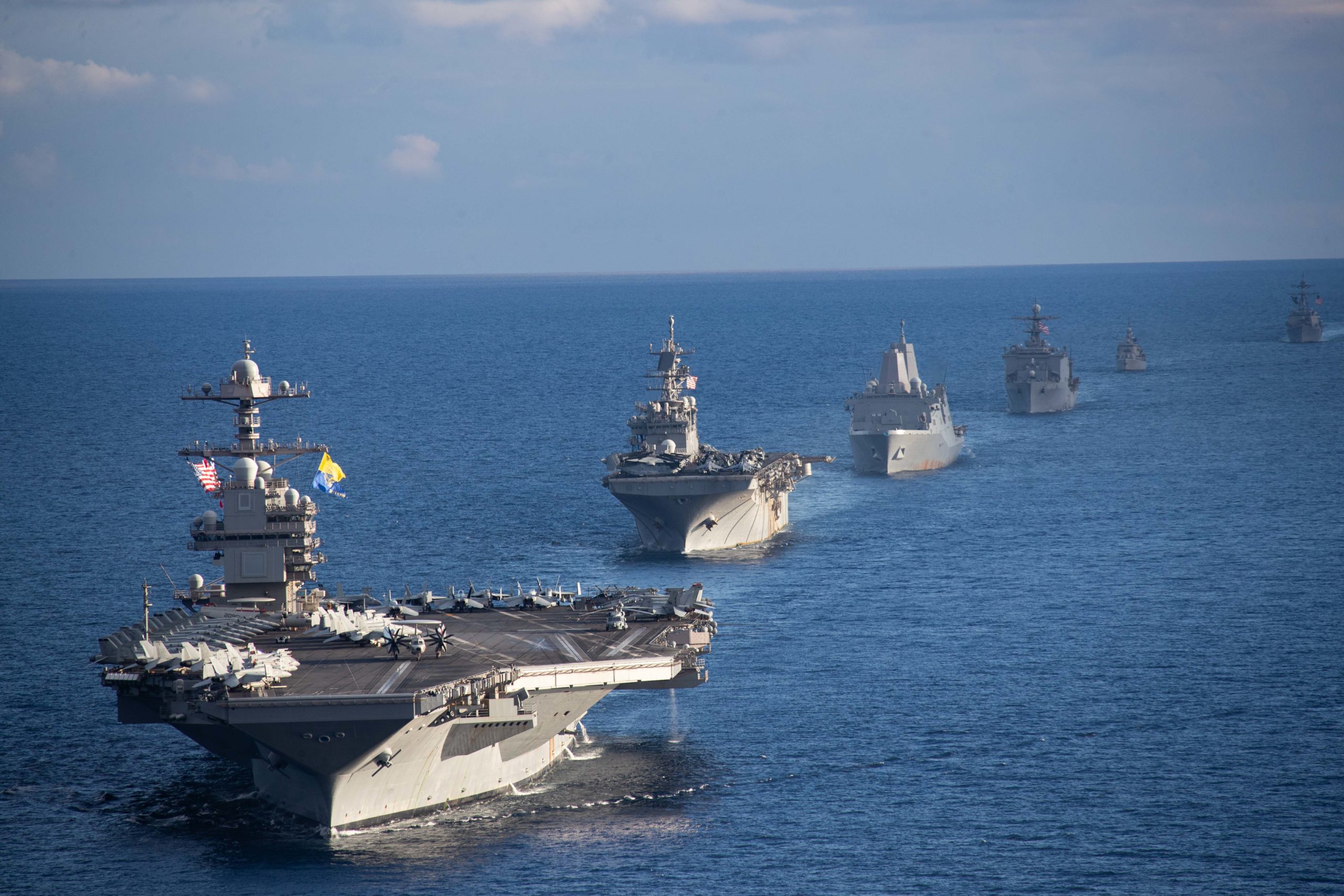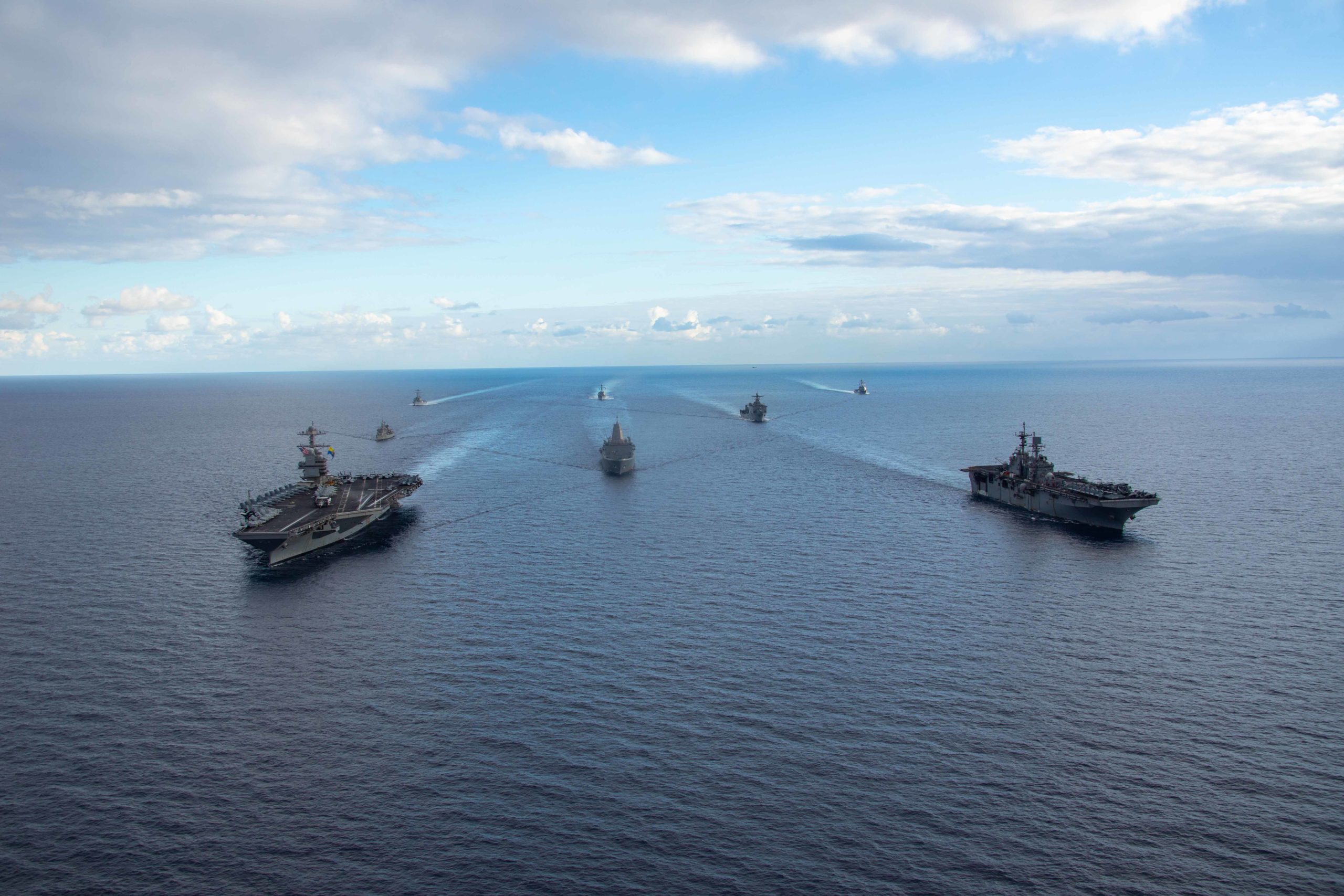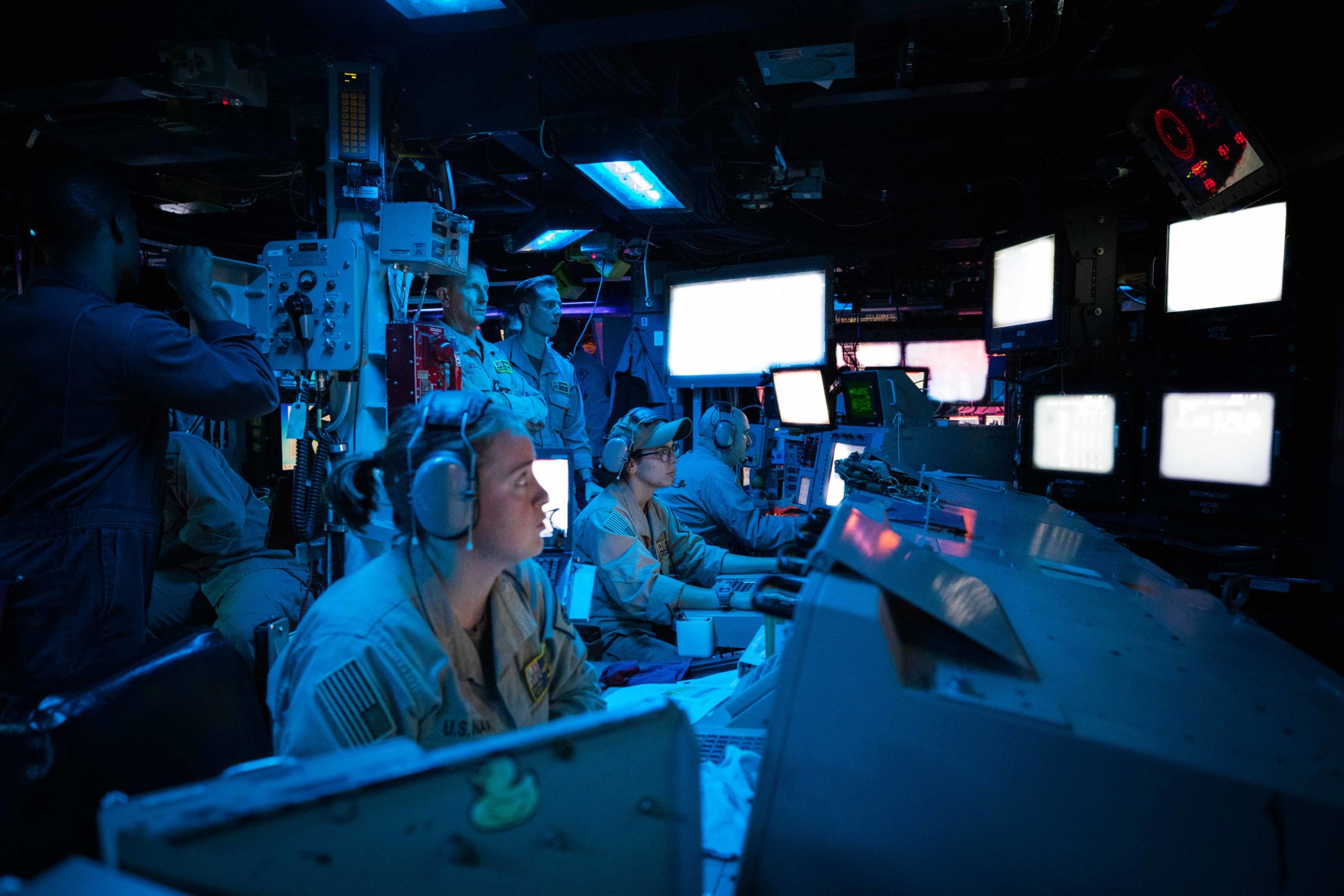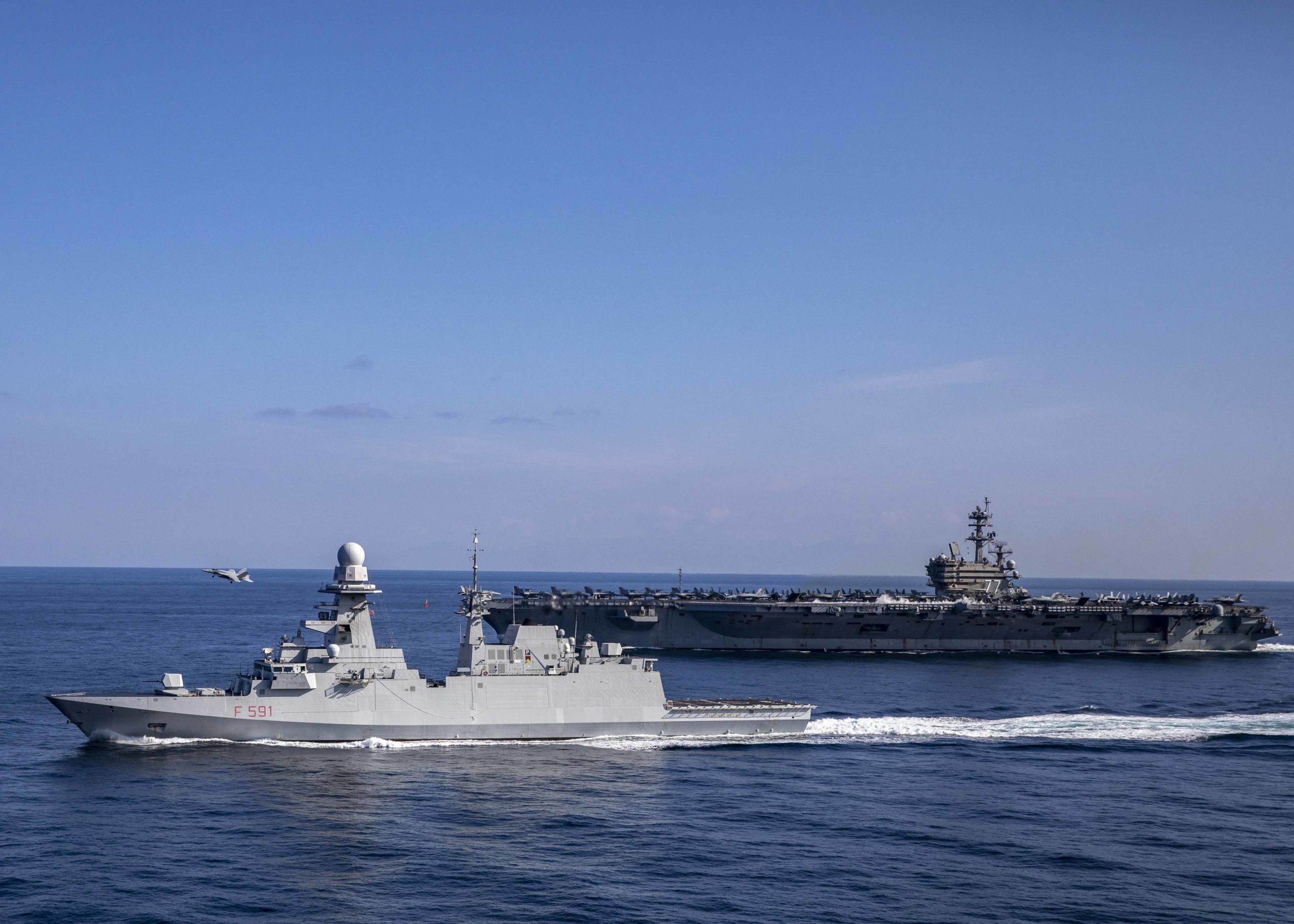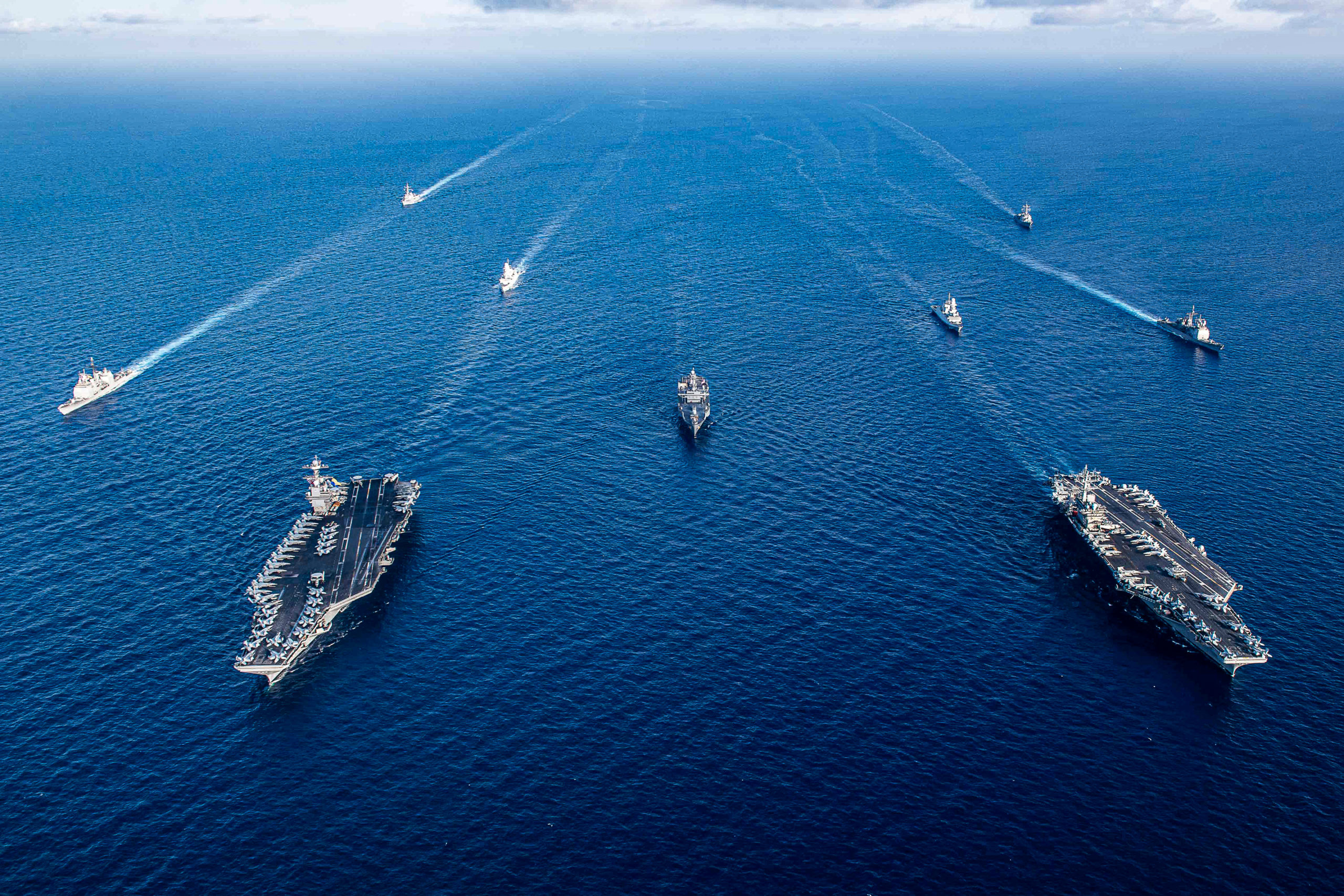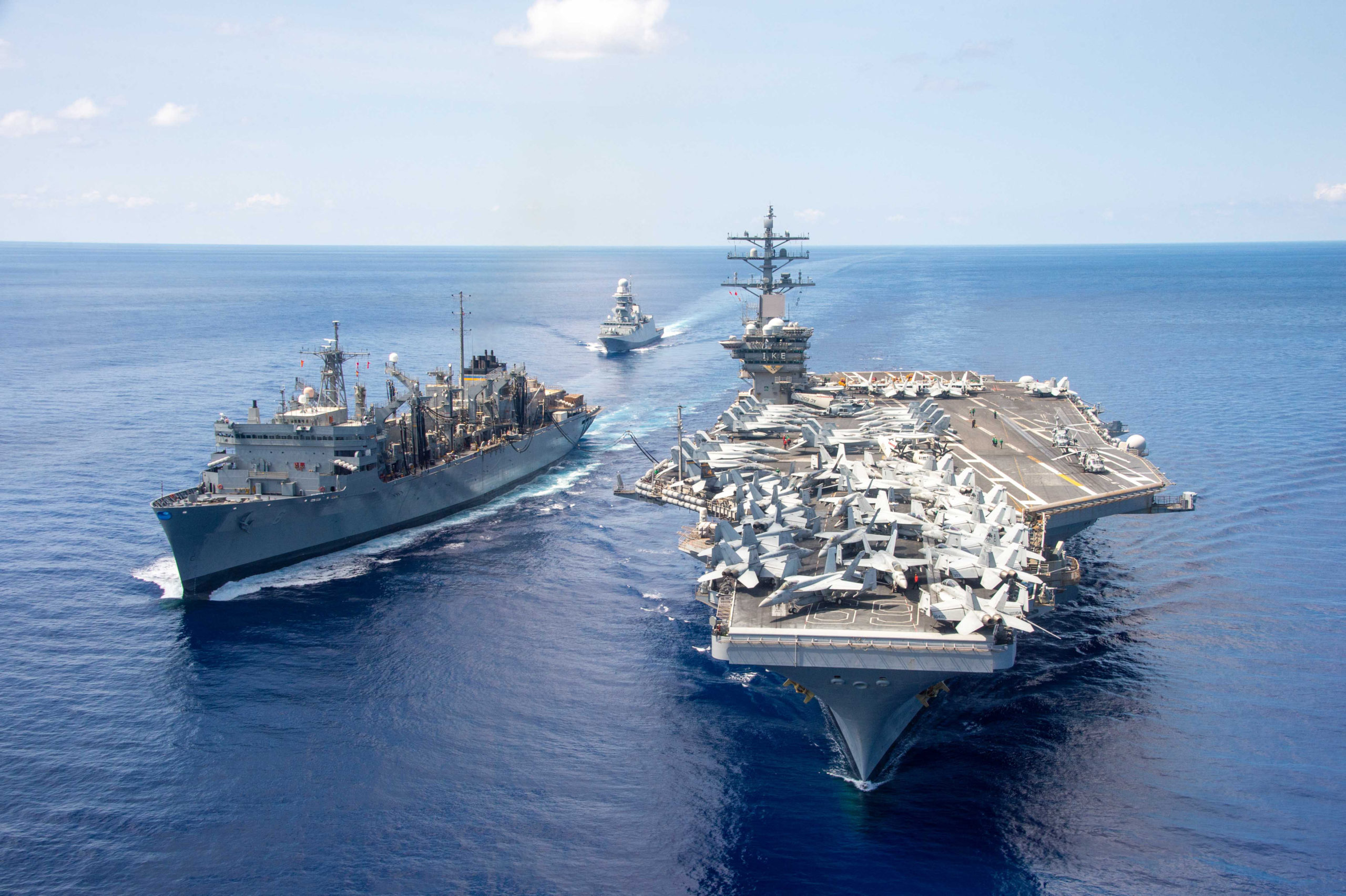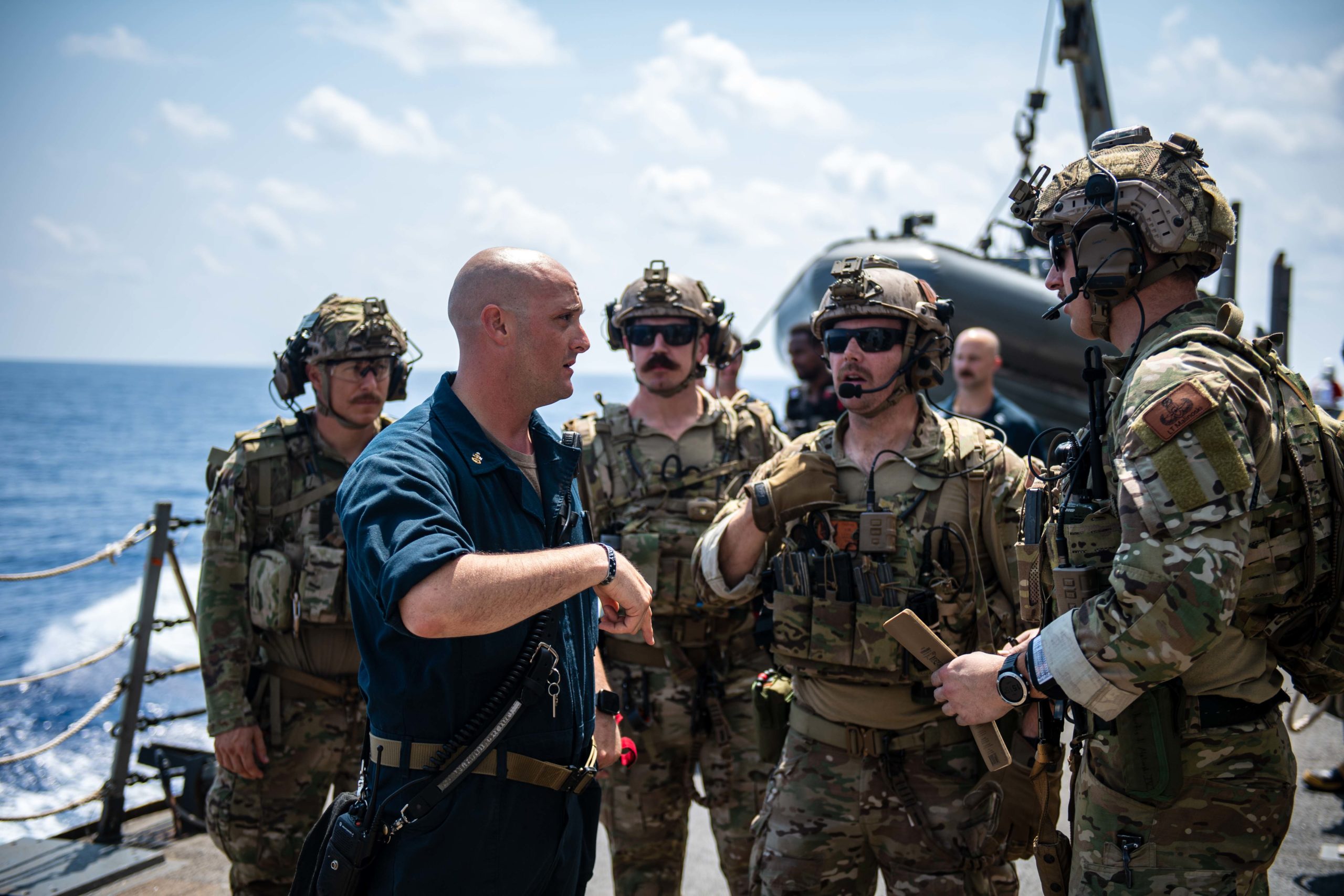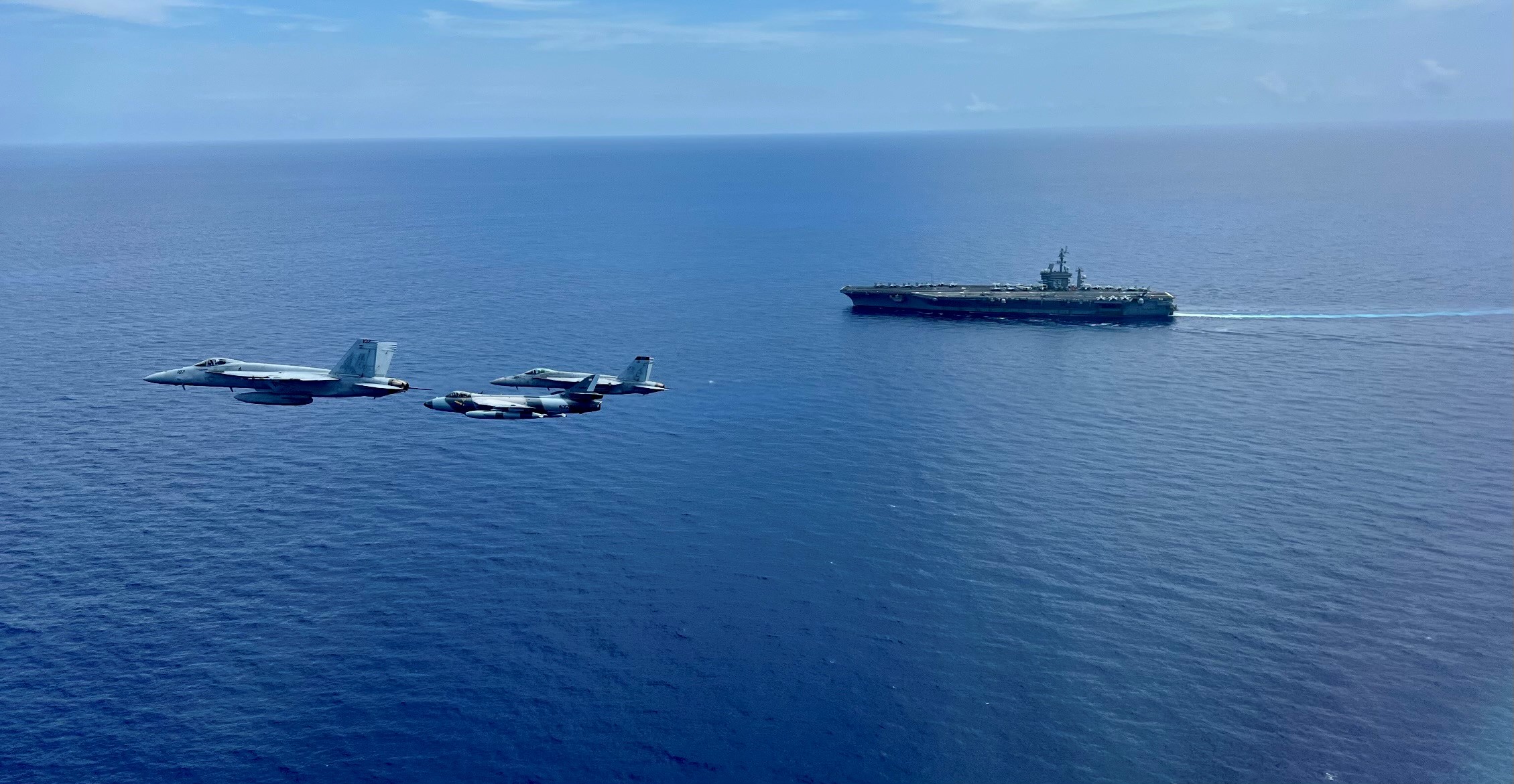By Robbin Laird
The U.S. faces a vastly different world than when it primarily focused on land wars post-9/11. Today it faces a multi-polar authoritarian world, with adversaries and competitors with both shared and competing interests, capabilities, and approaches to the use of military force to achieve objectives.
With that in mind, how does the U.S. train a naval force to operate in such a world? And how do you draw on relevant U.S. joint capabilities or those of Allies and partners? And how do you do so while identifying the gaps in capabilities which need to be filled? And how do you integrate the dynamic changes associated with software and technology – as well as a constantly evolving security environment – to ensure forces can operate effectively across the globe?
Of course, these are questions that drive a work in progress rather than discreet, once-and-for-all solutions. Nonetheless, the Navy must address those questions. Two Navy commands assigned to address them are Carrier Strike Groups 4 and 15. They are on the East and West Coast, respectively, training, mentoring, and assessing carrier strike groups, amphibious ready groups, and independently deploying units.
To gain perspective on how to meet these challenges, I met with Rear Admiral Max “Pepper” McCoy, commander, Carrier Strike Group 4, at his office in Norfolk on March 5, 2024. Before taking command of CSG-4, he was the commander of the Naval Aviation Warfighting Development Center. He also served previously as a strike fighter tactics instructor, Joint Strike Fighter Wing Commander, and carrier air wing commander, which means he brings a depth of experience from a career focused on combat innovation in dynamic threat environments to his current role.
CSG-4 focuses on training and assessing carrier strike groups, amphibious ready groups, and independent deployers for global missions. More specifically, they oversee shore-based and at-sea composite warfare training on the East Coast, primarily known for their signature exercise, Composite Unit Training Exercise or “COMPTUEX.” COMPTUEX is an exercise whereby the individual components of a naval task force are brought together to learn to fight as an integrated team.
“COMPTUEX is one of the single most complex training events we do in the military – as a single service or as a joint force,” said McCoy. “It is designed for teams to execute and build proficiency for complex TTPs, high-end warfighting, and combined operations with our Allies on day one. It is why we work hard within the Navy team to collectively push familiarization and unit-level training left so that we are great stewards of the time and resources we have at sea to conduct live training and assess teams.”
Before COMPTUEX, individual platforms and teams complete focused training for the operators to learn their weapons systems so that during COMPTUEX they can meet the objective of effective operations of a composite naval warfare team that delivers overwhelming capability and force to Fleet and Combatant Commanders.
For example, before COMPTUEX a destroyer’s watch teams will train together to understand their roles and responsibilities in the performance of the ship and its weapons system. After unit-level training is complete, multiple destroyers come together under the leadership of a Navy Destroyer Squadron (DESRON) Commodore – the Sea Combat Commander within Navy composite warfighting – to practice surface unit integration under the SCC during a Surface Warfare Advanced Tactical Training (SWATT) exercise led by the Navy’s surface WDC – Naval Surface and Mine Warfighting Development Center. Concurrently, similar training is completed in the other warfare communities, particularly aviation and information warfare, before a carrier strike group’s COMPTUEX.
This is a very complex effort, which is made even more challenging as the projected operating environment for teams in training changes, all while technology changes within the fleet. For CSG-4, this means they must simultaneously adapt to updates within the Fleet, and evolve exercise and scenario design to create a threat picture and ‘thinking enemy’ within training that introduces new technologies, capabilities, or operational constructs to challenge the training audience.
It also means CSG-4 uses live, virtual, constructive (LVC) training in its mission, which provides additional capacity to increase the frequency and complexity of training for watch standers and teams to participate in during a deployment training cycle.
“All three aspects of LVC are important for us. Time and resources are limitations any training organization faces, and live, virtual, constructive environments, or any combinations thereof, provide opportunities to address some of those limitations creatively,” said McCoy.
Ships sitting pierside, as well as aircraft simulators, can log into the Navy Continuous Training Environment (NCTE) to train with live, virtual, or constructive forces. In a practical way, this means individual ships and units have more training time on their consoles (or replications) with realistic threats to increase tactical proficiency well before going to sea for COMPTUEX. In any case, the NCTE enables opportunities for more complex training during ashore and at-sea integrated training events and exercises. Coupled with the rigor of a ‘plan-brief-execute-debrief’ methodology to drive individual and team development at each stage of a training event, continuous learning becomes an indelible part of team culture.
“We can never be stagnant. We must always strive to improve,” said McCoy.
“Each subsequent Carrier Strike Group or Expeditionary Ready Group that goes through our training deploys more capable, competent, and confident than the previous one. Ultimately, we are driving an upward glideslope in warfighting performance, and most importantly, making sure we never send our teams into an environment or fight where they don’t have a significant competitive advantage.”
Achieving this means going beyond the development of and adherence to standards and scenario design, but also relies on developing teams that learn how to respond in situ to threat environments through mentorship and training within the exercise.
“Mission planning and CONOP development are imperatives to success. We also know that no matter how well teams plan, one constant of the operational environment is that it is ever changing. Our COMPTUEX training environment provides space for commanders and their teams to develop integrated plans, scrutinize execution, and develop their team’s ability to think and creatively solve problems to achieve mission success,” said McCoy.
“The training environment challenges warfare commanders to consider all capabilities at their disposal – whether within the Navy team, the joint force, or from our Allies or partners – and to know when to reach out to ask for capabilities or authorities as needed, is crucial. Further, it means that our debrief process must be rigorous, with a focus on transparency and learning to build teams that are stronger and more capable than the sum of their parts.”
To continue to build a culture of learning in support of its mission and warfighting development across the Fleet, CSG-4 uses multiple tools at its disposal including: LVC training environments to increase training opportunities and profiles; a junior officer-developed Root Cause Analysis Tool (RCAT) that has rapidly improved delivery of actionable, fact-based performance feedback to the Navy’s training and resource enterprise to support decision-makers; outreach to the Navy and Joint force to increase the complexity and capability within the exercise presentation; and its Allied Vision training events embedded within COMPTUEX to the challenges of today and tomorrow.
McCoy also reinforced that CSG-4 is not alone in this deliberate, rapid learning and warfighting proficiency development effort.
“To accelerate learning and performance, everyone has to stay connected – the TYCOMs, [CSG] 4 and 15, and the WDCs. We are responsive to Fleet Commanders and the experience of currently deployed teams, and we evolve and learn in real-time to apply lessons learned into exercises,” he said.
In addition to the Navy’s type commanders who man, train, and equip the Navy’s surface, aviation, undersea, information, and expeditionary warfare communities, CSG-4 and 15 also align with the Navy’s five Warfighting Development Centers (WDCs).
The WDCs were founded in the period from 2014-2015 on the legacy of deliberate tactical development and root cause analysis in naval aviation since the establishment of the Fighter Weapons School (TOPGUN) in 1969.
It was from hard the lessons learned in Vietnam by the Navy, that CNO Adm. Thomas Moorer called for the Ault Commission to investigate performance failures to adapt to the operating environment that led to the loss of personnel that TOPGUN was established.
Today, the WDCs train and develop personnel as expert tacticians and instructors, write and refine warfighting doctrine and tactics, techniques, and procedures, lead advanced tactical training events, and prioritize tactical-level capability requirements to optimize the overall effectiveness of integrated naval forces.
The most impressive takeaway from the interview with Rear Adm. McCoy, however, was not the Navy’s significant efforts to develop creative tools to assess performance while also supporting resourcing decisions, their team-oriented efforts in warfare development, or their focus on joint and combined warfighting. Rather, it is that it is the junior Sailors and junior officers currently going through training, and those plugged into WDCs and training carrier strike groups, that are learning valuable lessons that will allow them to continue to drive the Navy’s development forward.
“When I operated in the Joint Strike Fighter community, I often said, we aren’t going to win a 5th generation war, with 4th generation minds. In naval aviation, the lieutenants are on the cutting edge of tactical development, and I know the other communities are pursuing the same approach through the WDCs,” said McCoy.
“At CSG-4, we are focused on teaching people how to think in a very dynamic environment against advanced threats. Our youngest generation – like the Sailors currently operating within the Eisenhower Carrier Strike Group – are the group unleashing the potential within our weapons systems and advanced capabilities. Watching them take ownership and drive toward solutions is the most rewarding part of the job – it’s simply our role to provide resources and rudder when required.”
Coupled with advancements in technology, weapons systems, and tactics, it is plain to see that the pace of warfighting development in the world continues at a rapid pace. It is also clear that investment in organizations such as CSG-4 and 15 – and the type commanders and WDCs that man, train, and equip the Navy’s warfighting communities that operate from seabed to space – is not just an investment in the Navy, but a direct investment in the U.S.’ ability to meet its security objectives.
Featured Photo: Rear Adm. Max McCoy, commander, Carrier Strike Group 4 (CSG-4), center, discusses U.S. Navy integrated warfare training with Maj. Gen. David Miller, special assistant to the Vice Chief of Space Operations, Headquarters, United States Space Force, left, and Rear Adm. Kavon Hakimzadeh, director, Joint and Fleet Operations, U.S. Fleet Forces Command, right, during an office call at CSG-4 headquarters. During their visit, the leaders discussed integrated training and the development of the Joint Force to advance national security and defense. CSG-4 mentors, trains, and assesses carrier strike groups, amphibious ready groups, and independent deployers for global combat against peer competitors. (U.S. Navy courtesy photo)
A version of this article appeared on Breaking Defense on March 21, 2024.


